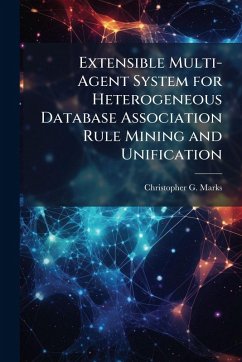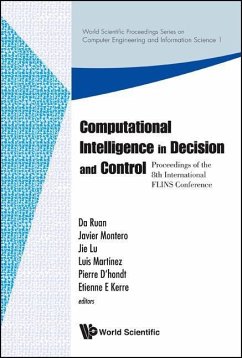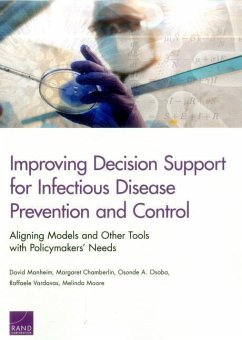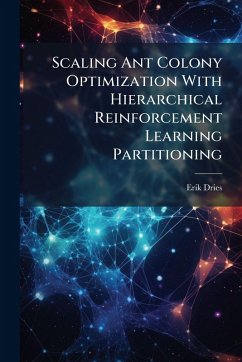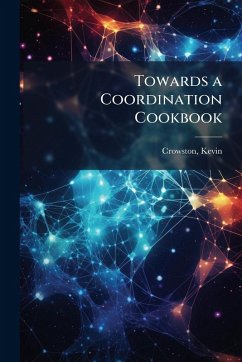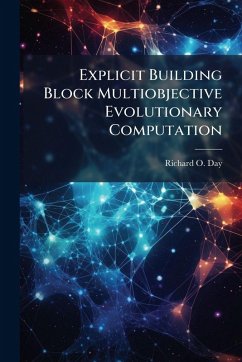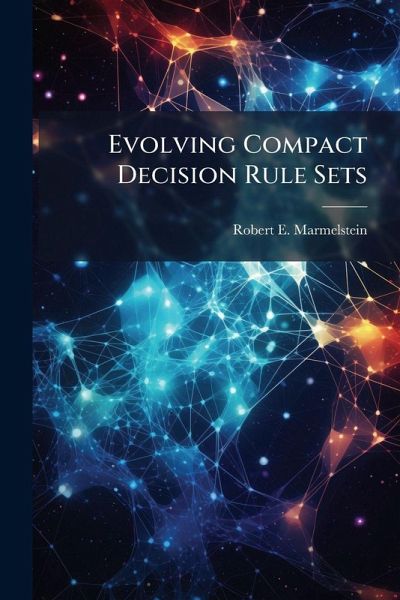
Evolving Compact Decision Rule Sets
Versandkostenfrei!
Versandfertig in über 4 Wochen
22,99 €
inkl. MwSt.
Weitere Ausgaben:

PAYBACK Punkte
11 °P sammeln!
With the increased proliferation of computing equipment, there has been a corresponding explosion in the number and size of databases. Although a great deal of time and e ort is spent building and maintaining these databases, it is nonetheless rare that this valuable resource is exploited to its fullest. The principle reason for this paradox isthat many organizations lack the insight and/or expertise to e ectively translate this information into usable knowledge. While data mining technology holds the promise of automatically extracting useful patterns (such as decision rules) from data, this ...
With the increased proliferation of computing equipment, there has been a corresponding explosion in the number and size of databases. Although a great deal of time and e ort is spent building and maintaining these databases, it is nonetheless rare that this valuable resource is exploited to its fullest. The principle reason for this paradox isthat many organizations lack the insight and/or expertise to e ectively translate this information into usable knowledge. While data mining technology holds the promise of automatically extracting useful patterns (such as decision rules) from data, this potential has yet to be realized. One of the major technical impediments is that the current generation of data mining tools produce decision rule sets that are very accurate, but extremely complex and difficult to interpret. As a result, there is a clear need for methods that yield decision rule sets that are both accurate and compact. The development of the Genetic Rule and Classi er Construction Environment (GRaCCE) is proposed as an alternative to existing decision rule induction (DRI) algorithms. GRaCCE is a multi-phase algorithm which harnesses the power of evolutionary search to mine classi cation rules from data. These rules are based on piece-wise linear estimates of the Bayes decision boundary within a winnowed subset of the data. This work has been selected by scholars as being culturally important, and is part of the knowledge base of civilization as we know it. This work was reproduced from the original artifact, and remains as true to the original work as possible. Therefore, you will see the original copyright references, library stamps (as most of these works have been housed in our most important libraries around the world), and other notations in the work. This work is in the public domain in the United States of America, and possibly other nations. Within the United States, you may freely copy and distribute this work, as no entity (individual or corporate) has a copyright on the body of the work. As a reproduction of a historical artifact, this work may contain missing or blurred pages, poor pictures, errant marks, etc. Scholars believe, and we concur, that this work is important enough to be preserved, reproduced, and made generally available to the public. We appreciate your support of the preservation process, and thank you for being an important part of keeping this knowledge alive and relevant.



